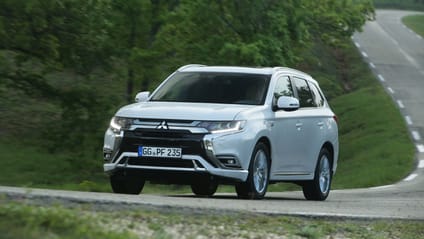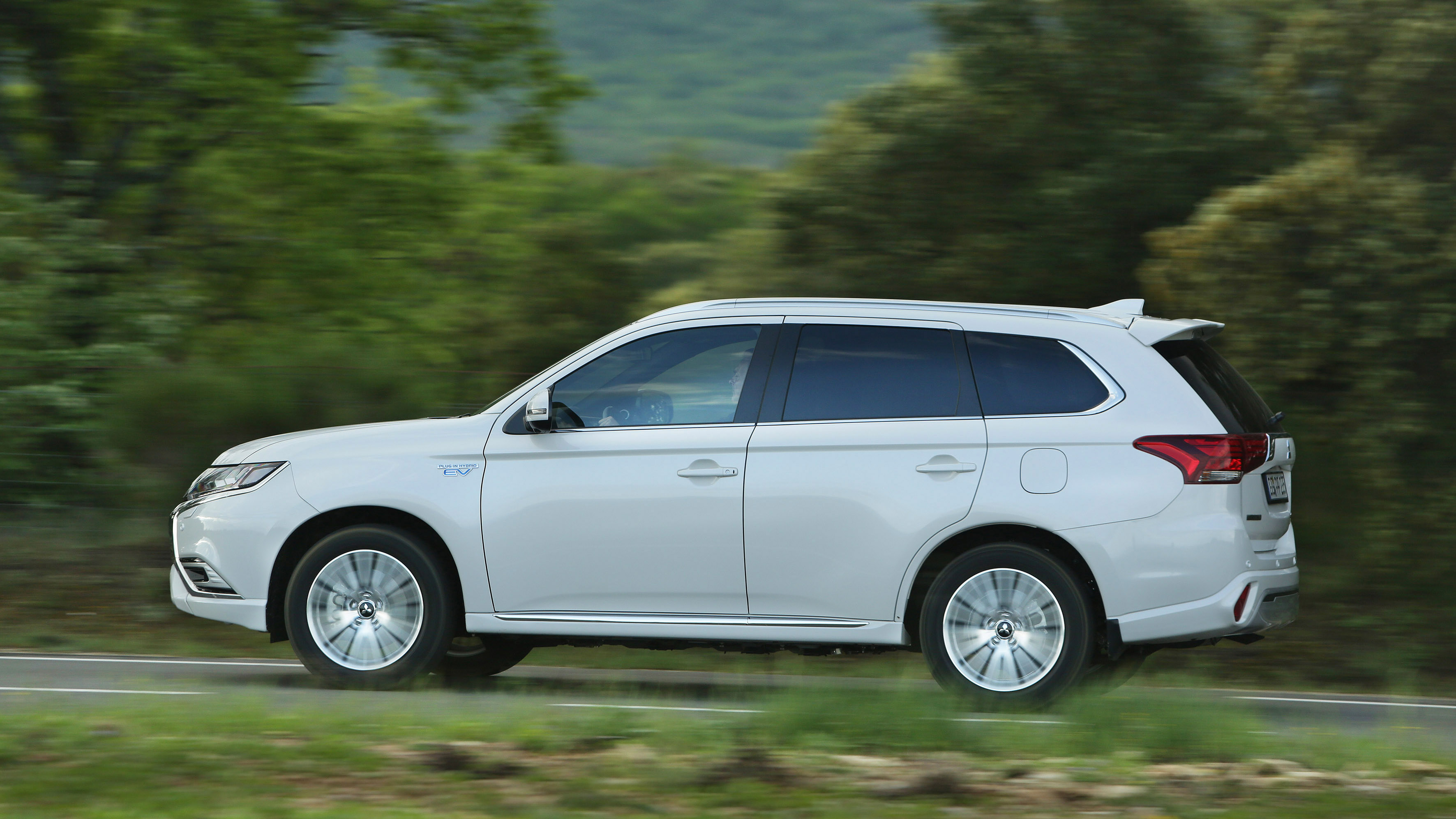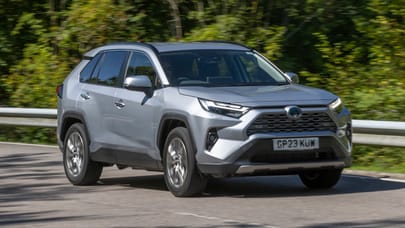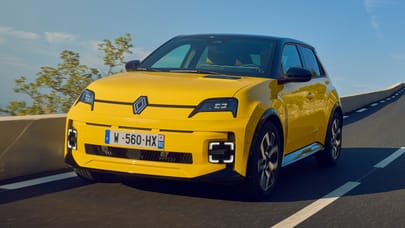
Good stuff
It’s extremely economical on short journeys, four-wheel drive, practical
Bad stuff
Feels dated inside, poor infotainment, bit of a heffalump to drive
Overview
What is it?
Very common indeed, is what it is. Mitsubishi’s Outlander PHEV (the brand’s flagship, now European emissions regulations have killed the aging, massive Shogun) is the best-selling plug-in hybrid in all of Europe, with over 100,000 sold here as of January 2018. In Britain it’s been the best-selling plug-in – hybrid or full-electric – for the last three years running, comfortably outselling the likes of the BMW 330e, Mercedes C350e, VW Passat GTE, Nissan Leaf and so-on. It does the numbers. And then some.
There are three reasons for this. First, it’s an SUV, and everybody loves an SUV. It’s the bodystyle du jour. You’ve probably got one. And if you don’t, science says you will soon. Second, it’s a plug-in hybrid, which means massive tax breaks and that warm, gooey feeling of having done A Good Thing for the environment. And lastly – there’s nothing else quite like it on sale. At least not for this kind of money - £40K or thereabouts. All the German SUV PHEVs are much bigger and more expensive. Same with Land Rover – its only PHEV is a Range Rover. Volvo does a few too, but the closest size-wise to the Outlander – the XC60 – is £60K.
You could say the Outlander PHEV has been ‘facelifted’ for 2019 – but that would be inaccurate because, save for a new pair of LED headlights and different alloy wheels, it looks exactly the same as the car it replaces. It’s the same story inside, too. Identical to the old car, for all its strengths and all its flaws. Mitsubishi says its customers are fine with this, so fair enough.
The newness is in fact buried deep within. A 2.4-litre Atkinson-cycle four-cylinder engine replaces the old 2.0-litre, giving incremental economy and power gains, the e-motor mounted on the rear-axle is new and more powerful than the one it replaces, generator and battery capacities are up, and the steering, brakes, suspension, all-wheel drive and hybrid control systems have all been retuned/upgraded/made generally better. There is substantially more newness here than meets the eye.
But while all those upgrades are welcome, read on and you’ll learn that none are especially transformative.
Read the long term review by clicking these blue words.
Our choice from the range

What's the verdict?
Kudos to Mitsubishi for making a technically impressive PHEV, and for putting it on sale at what looks to have been precisely the right moment. It’s tricky not to recommend in many ways, because it’s the only car of its kind that really exists. If you’re a business user with a couple of kids, you might struggle to fit your brood in a 330e or similar. And because the tax savings are so massive you really ought to have a PHEV…so Outlander it is.
As for the rest of us – it’s the same old PHEV story. If it fits your lifestyle – the plugging-in to charge and so-on – then go ahead. If it doesn’t, and if you don’t think you’d ever offset the added cost of the Outlander PHEV, something like a petrol-engined Skoda Kodiaq would do you.
The Rivals
Trending this week
- Car Review
Toyota Yaris









